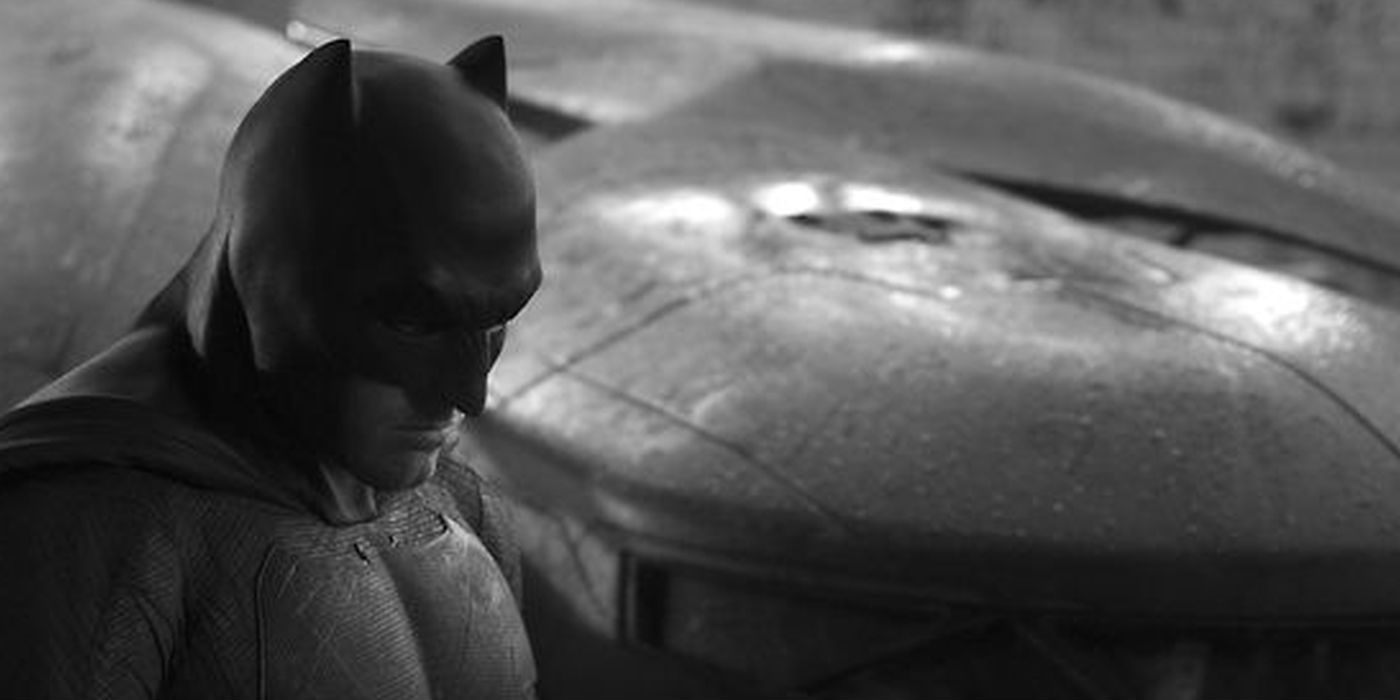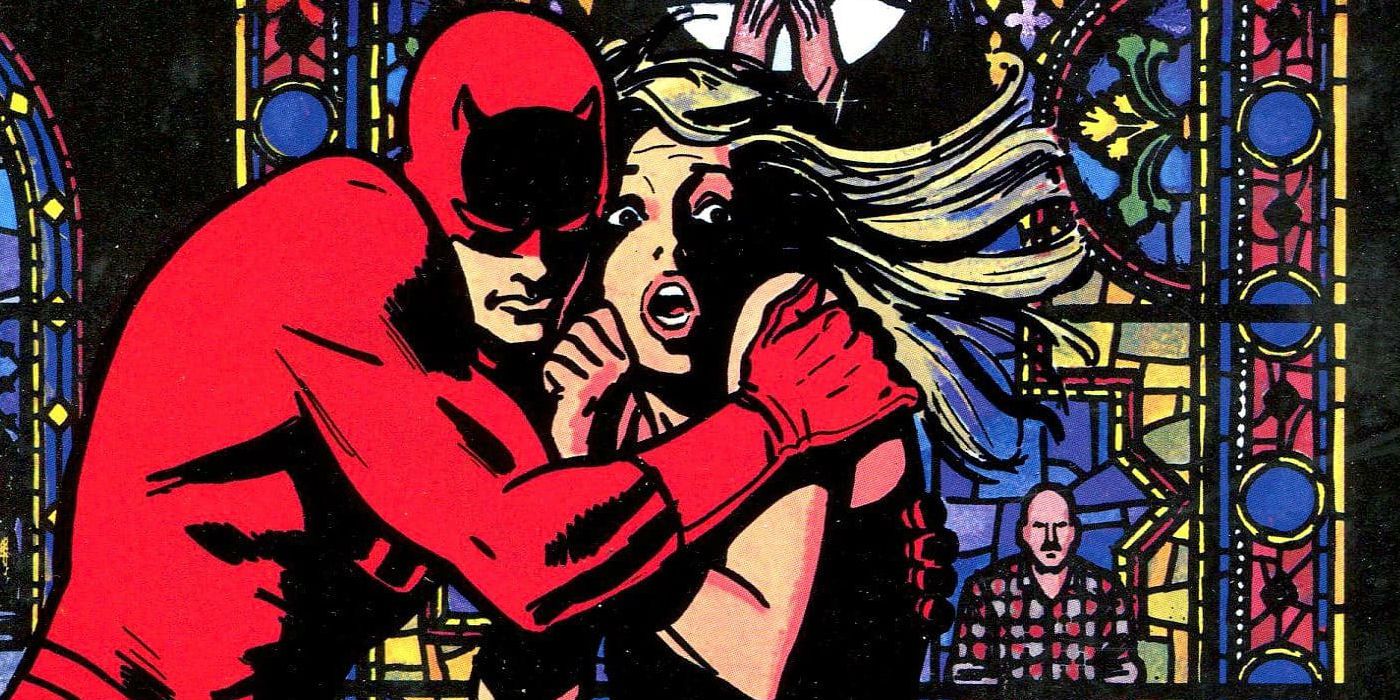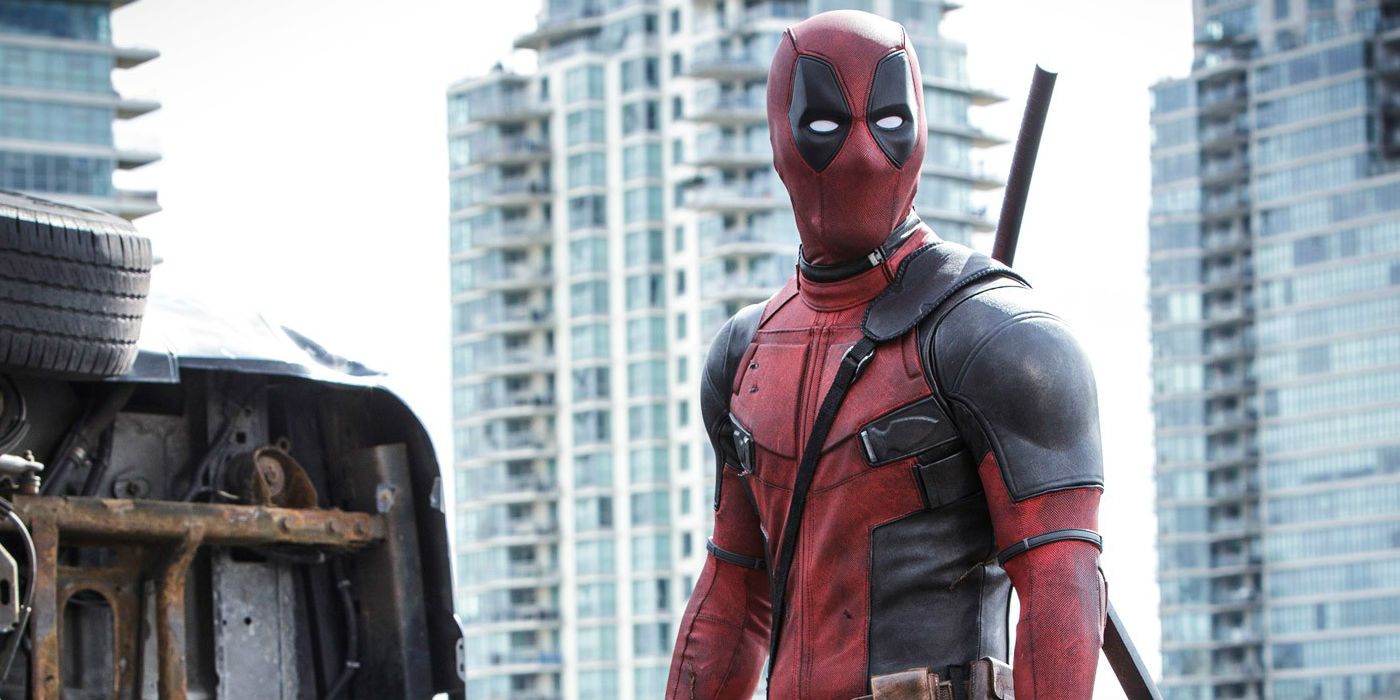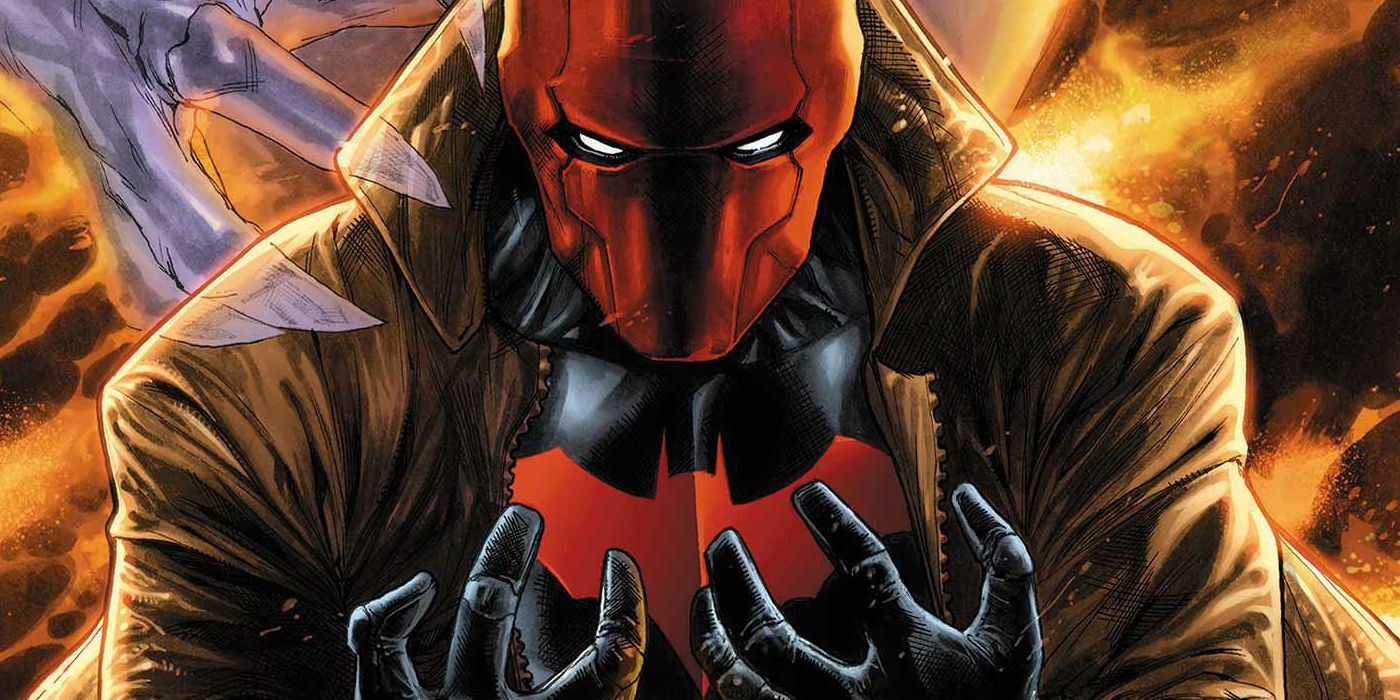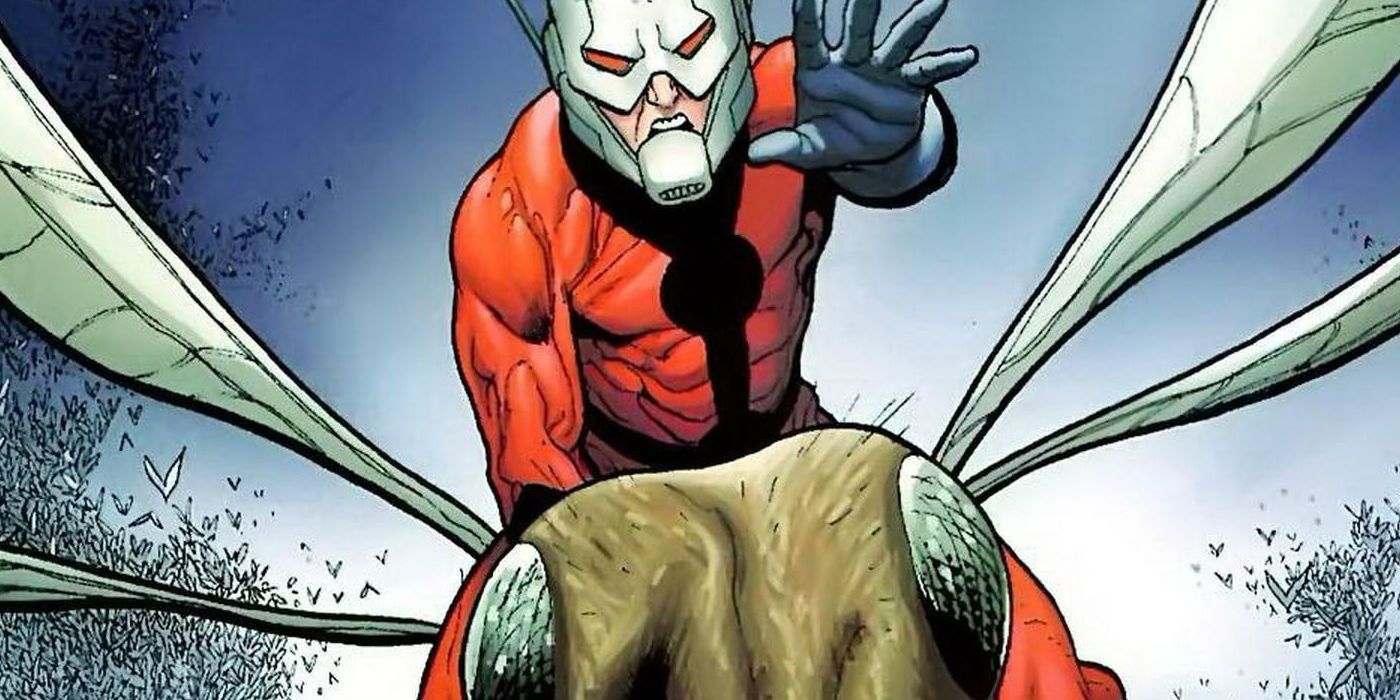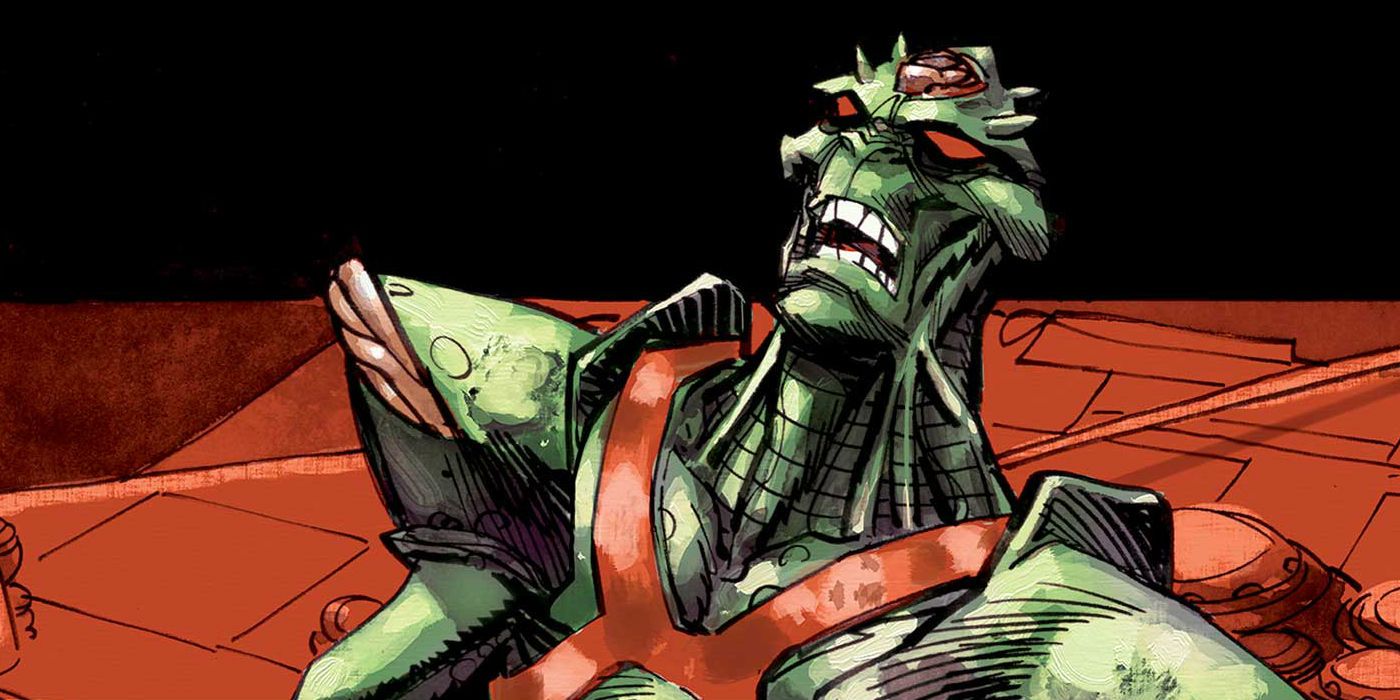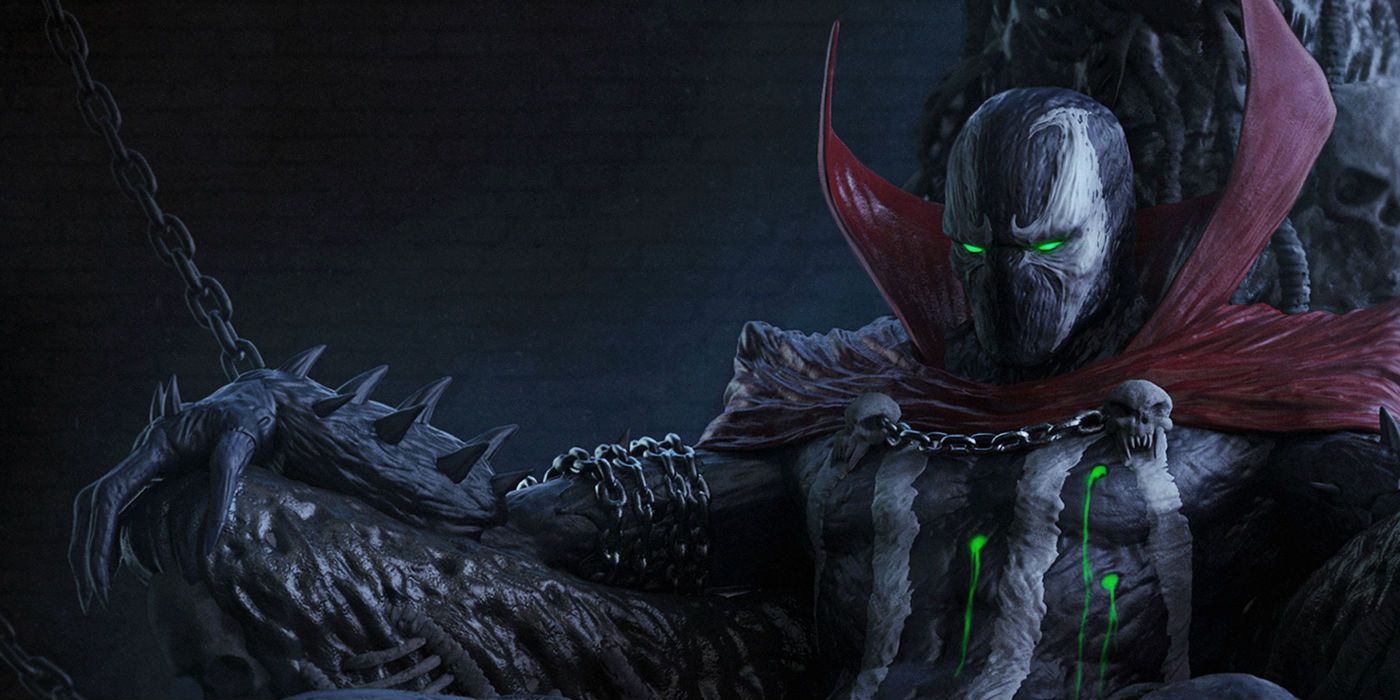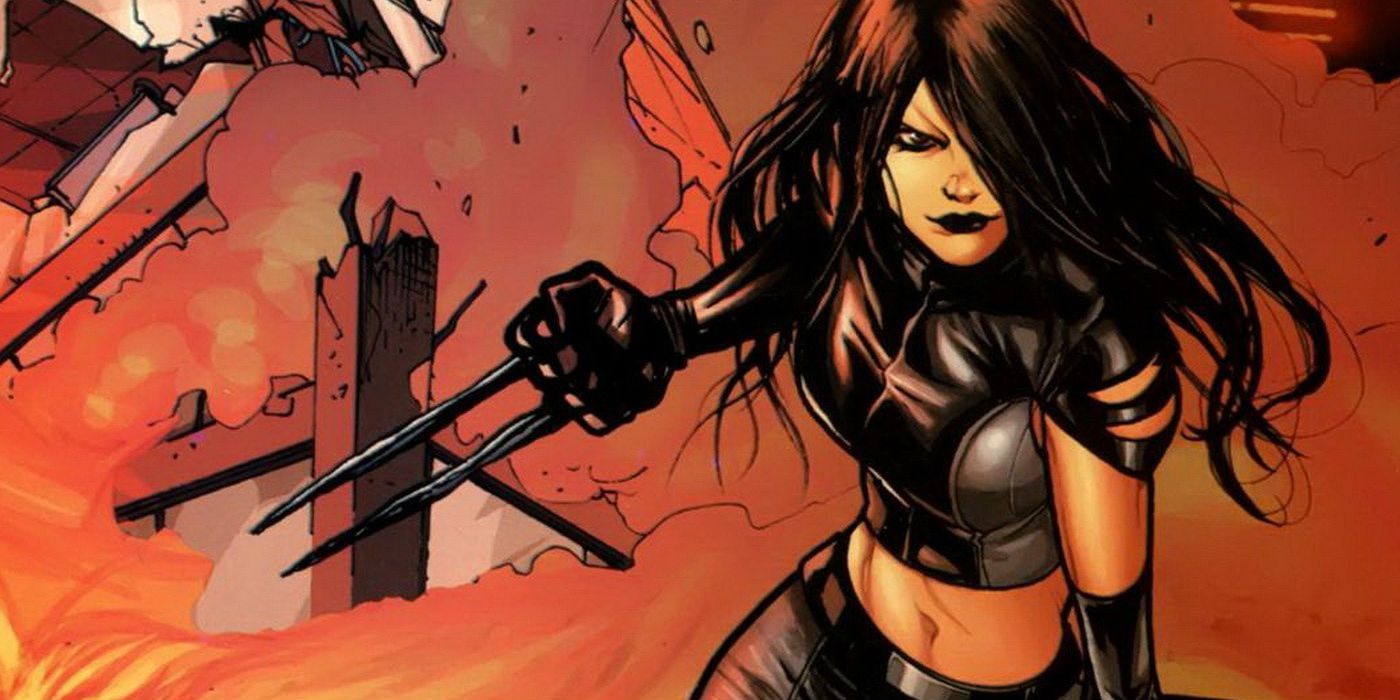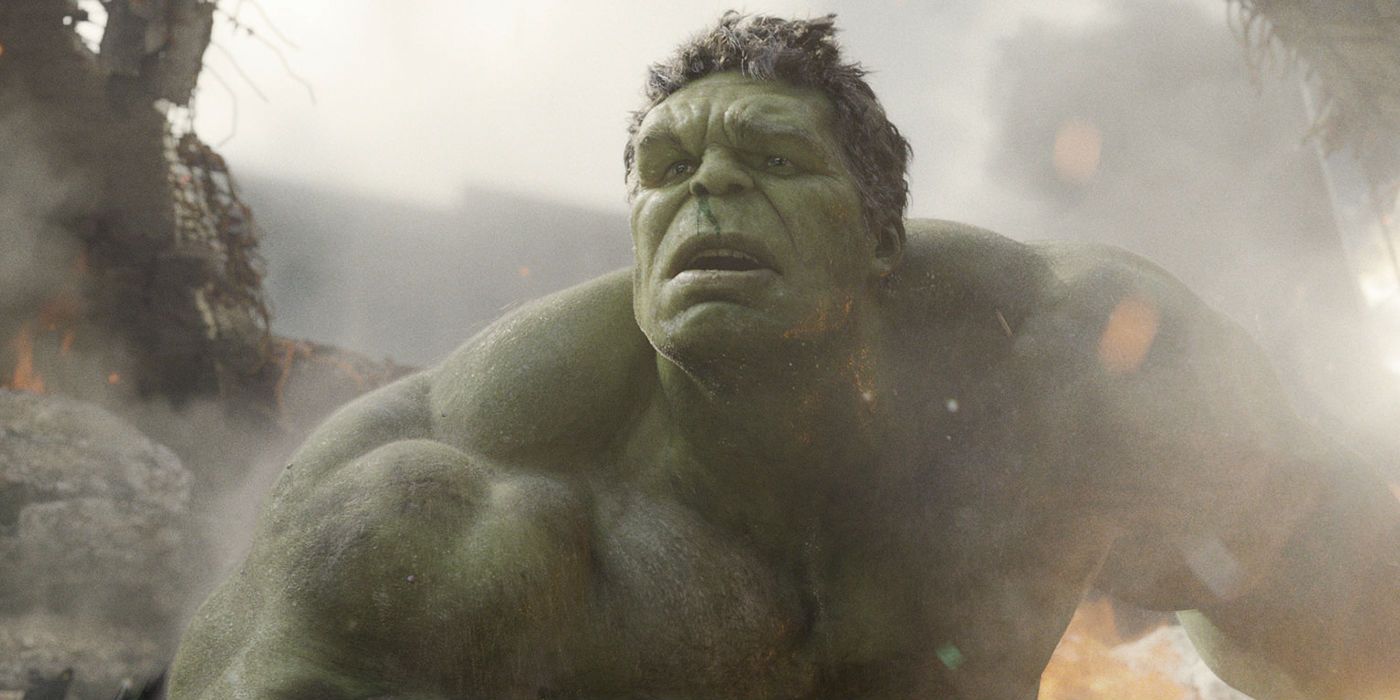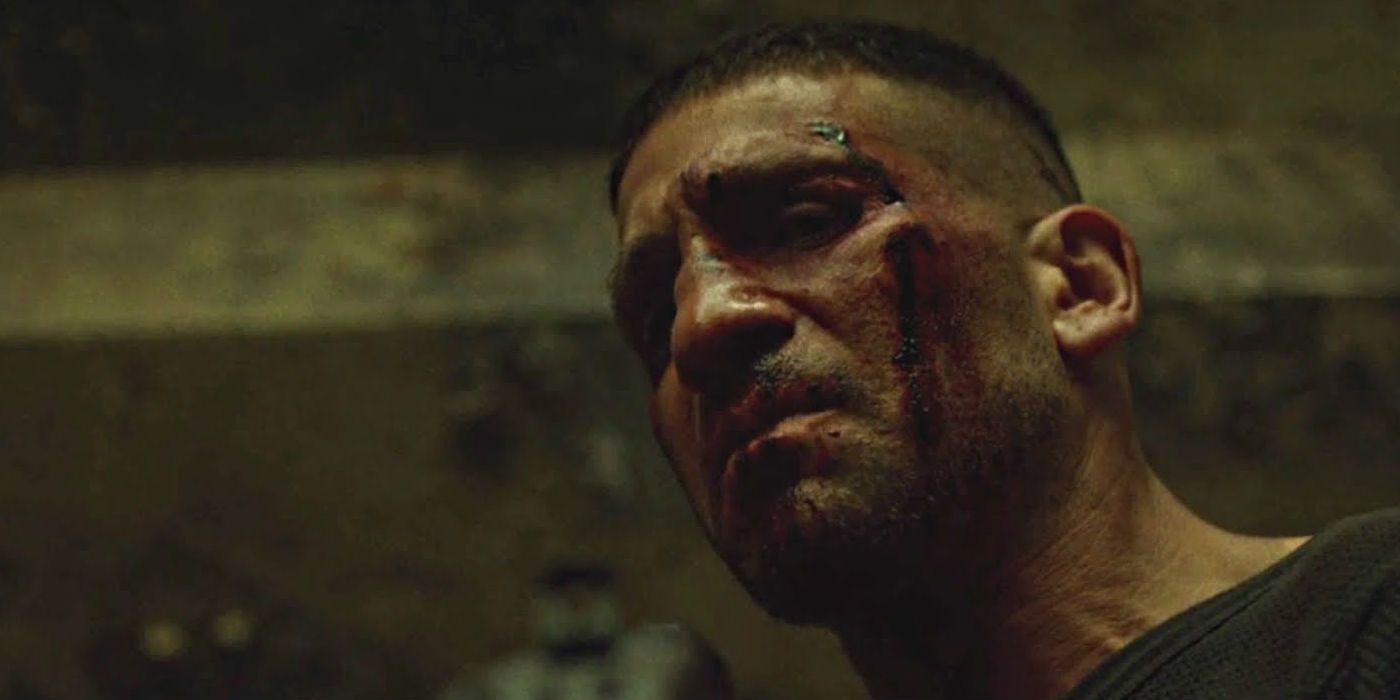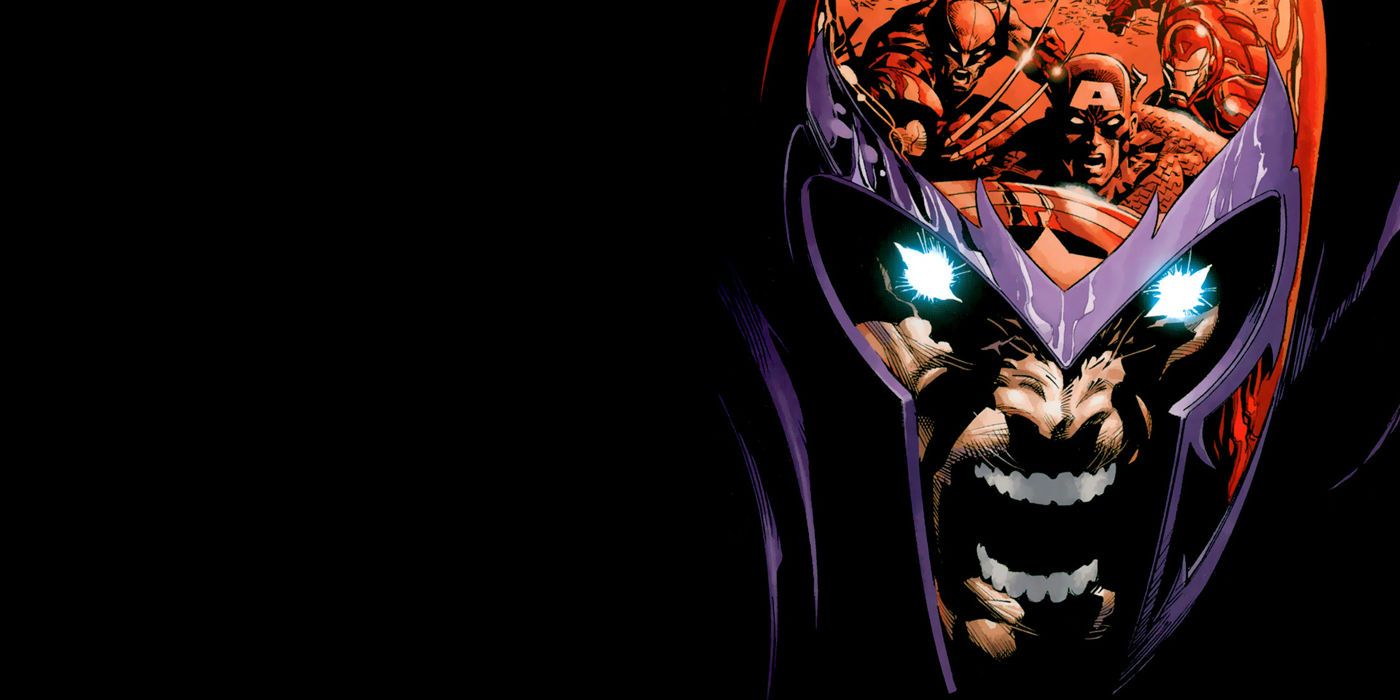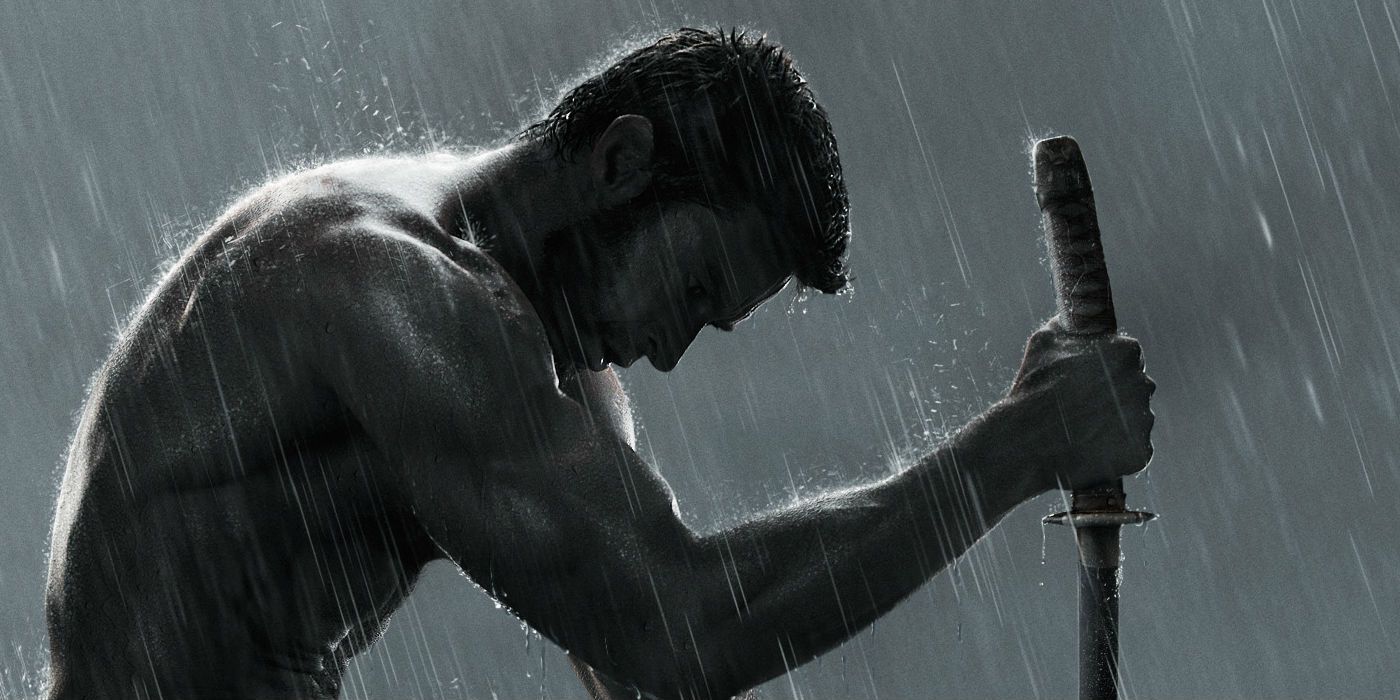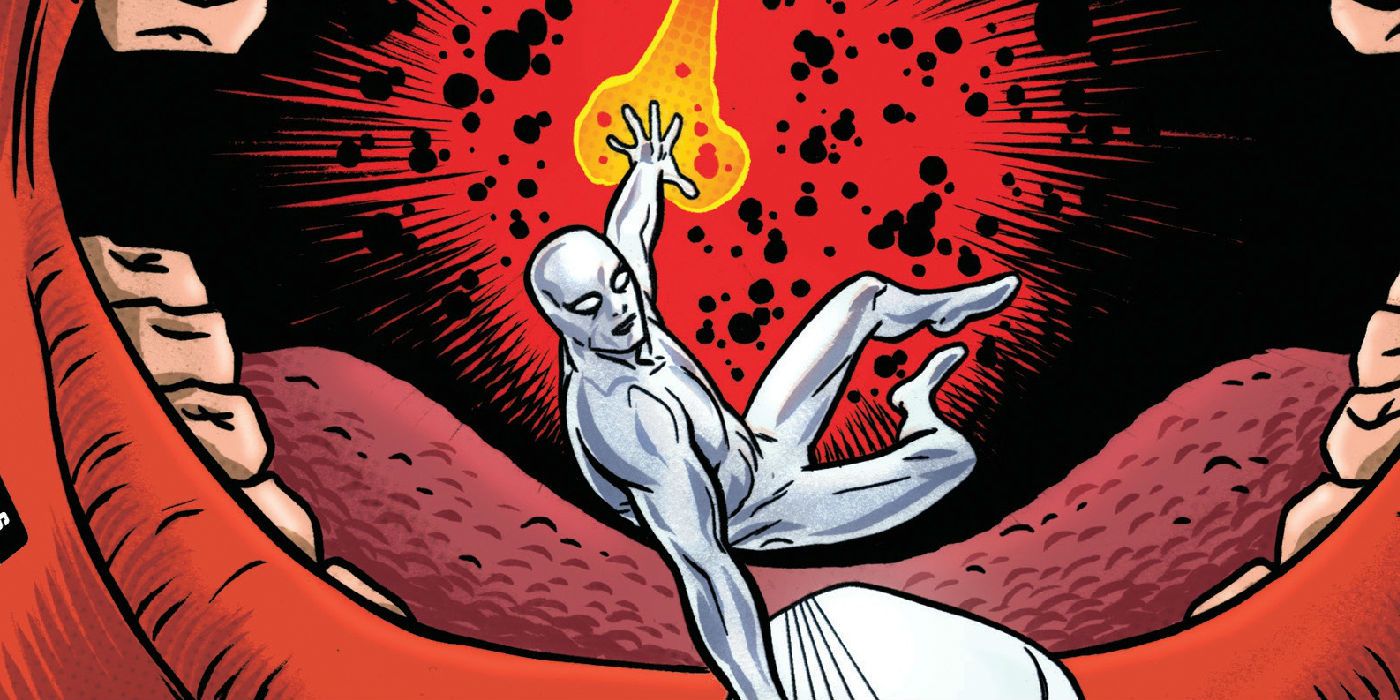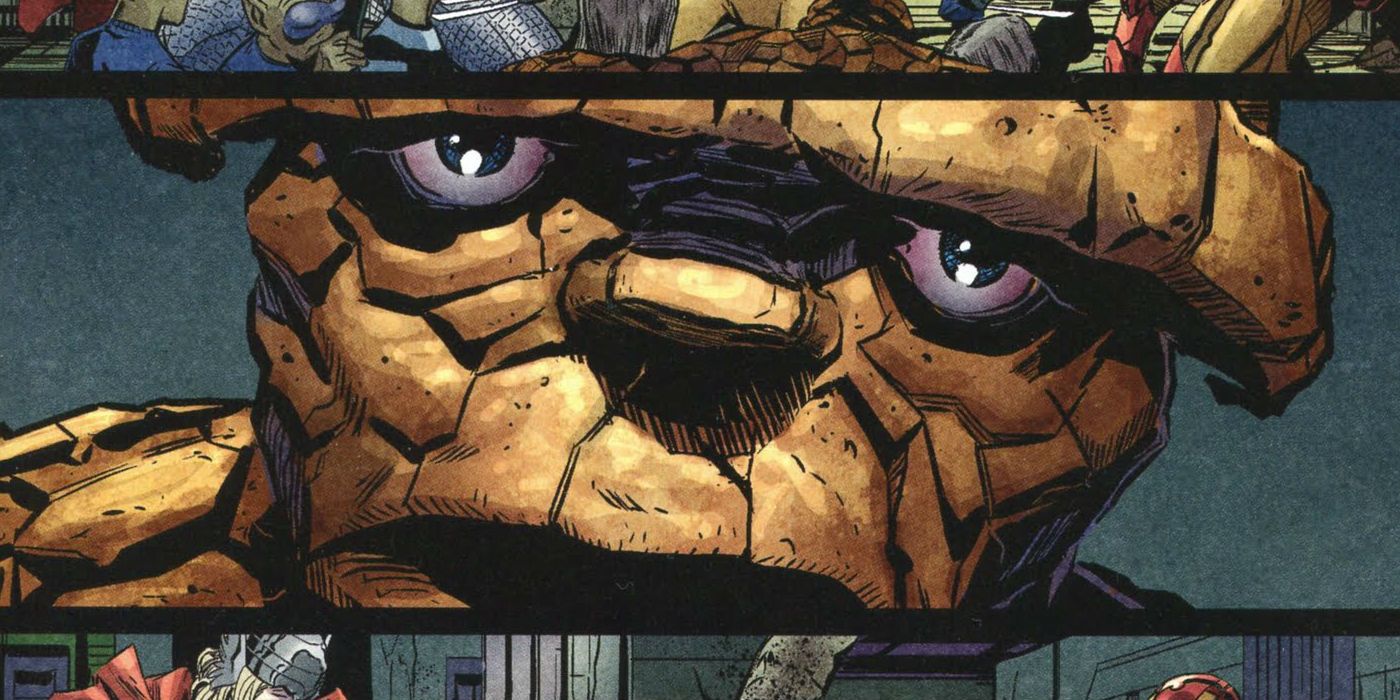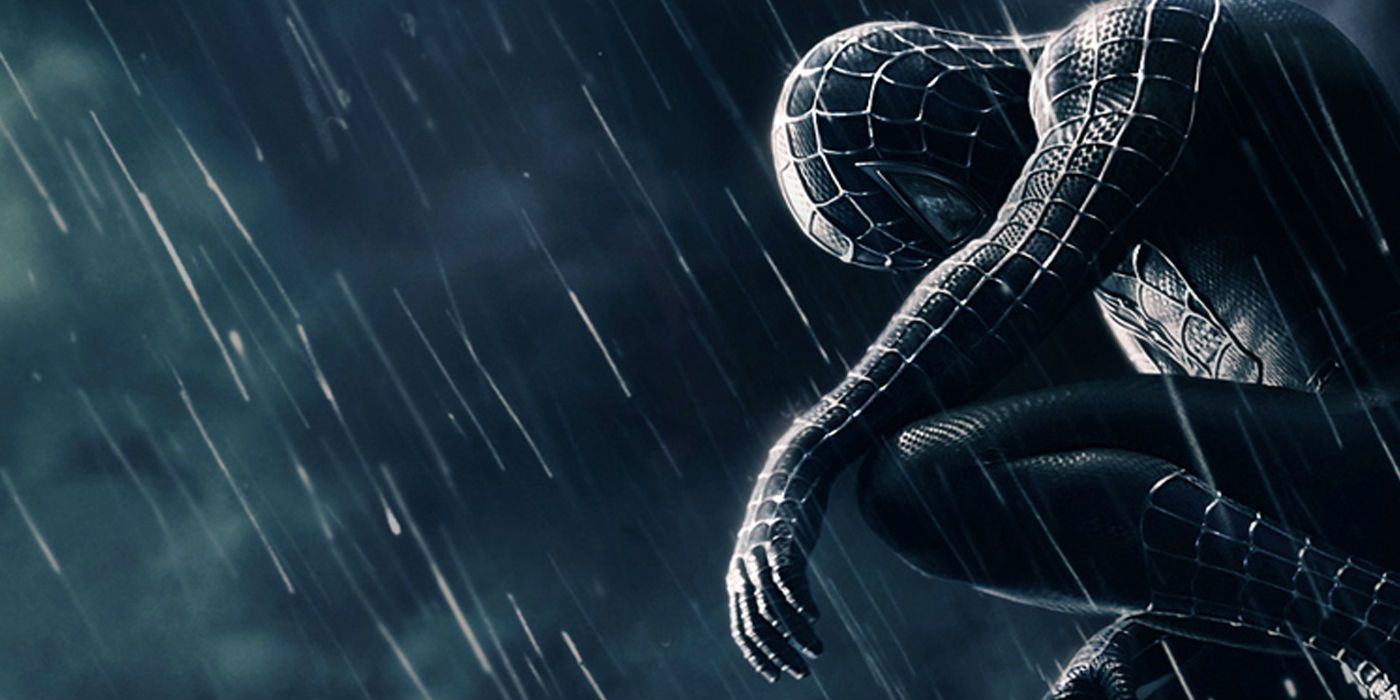It is impossible to separate Batman from the tragedy that fractured his childhood and birthed his crime fighting obsession. The origin story – parents shot and killed before him in a Gotham alley – has been rehashed countless times on page and screen. More so than maybe any other superhero, Batman’s origin constructs his entire ethos; the very essence of Bats’ character is rooted in that alley. As portrayals of the character have grown more and more morose, the relationship between tragedy and anger has only grown stronger. The most recent adaptation in Batman vs. Superman presents Bruce Wayne as a rage monster, devoid of humor.
Comic book readers and filmgoers take Batman’s suffering at face value. He is our most sullen hero, and his tragedy is singularly recognizable. Still, should that be the case? A hallmark of the superhero genre is that heroes are forged by great trauma. Comic history is littered with sad origin stories, and suffering superheroes. These heroes (and a couple antiheroes) all have histories that are arguably more tragic than Batman’s.
These are 15 Superheroes Who Are Sadder Than Batman.
15. Daredevil
There’s no way to present this list without it becoming a catalog of suffering, so let’s not try to avoid it. Matt Murdock becomes Daredevil after his father (his sole parent) is killed by gangsters because he refuses to throw a boxing match. This orphaning of Murdock is set against the backdrop of Hell’s Kitchen, the (then) crime-ridden New York City neighborhood which exists many metaphorical miles from the cavernous mansions of Bruce Wayne’s childhood.
Years before Murdock became an orphan, he was also blinded by radioactive material after intervening to save a pedestrian from being run over. Later, Murdock’s love interest - Karen Page - develops a heroin habit and sells his identity to a thug who eventually sells it to Murdock’s arch nemesis. Later, Page (again the love interest of Daredevil) is killed by Bullseye. In between, Page was wrongfully convinced she was HIV positive, which she also related to Murdock. That is a heaping helping of suffering.
14. Deadpool
Not every sad superhero spends the majority of their downtime sulking - Deadpool certainly doesn't.
Deadpool’s origin is hard to pin down – there are many different conflicting continuities and retcons that muddy the waters of what really happened to Wade Wilson (is it even Wade Wilson?). For that reason, we’ll stick to the 2016 film version of Deadpool, which is certainly the version with the most widespread impact.
In the film, Wilson is a one-time special forces operative working as a mercenary who finds love, only to be diagnosed with terminal cancer soon after. Desperate to cure his sickness, Wilson submits to a program that mutilates him (and on the page, functionally fractures his personality). Disfigured and alone, Deadpool becomes a vigilante driven by revenge. Film Deadpool appears substantially saner than book Deadpool. He is more zany than truly crazed. Still, it seems logical to infer that his sardonic nature is a front to cover his deep scars – both emotion and physical.
13. Jason Todd
Jason Todd has two histories – in the first, before Crisis on Infinite Earths he was orphaned by circus acrobats and eventually adopts the mantle of Robin. Orphans are sad, but Todd’s post-Crisis story is what places him firmly above Batman on the melancholy scale.
After Crisis on Infinite Earths, Jason Todd was reintroduced. In this continuity, he is a child of a petty criminal father (serving in prison) and a drug addict mother. To support his mother, he steals car parts. Eventually, Todd tries to steal the wheels off the Batmobile, but is intercepted by Batman who takes an interest in Todd, training him and eventually giving him the title of Robin.
Later, Jason discovers the mother he knows is not in fact his biological mother. He searches and eventually finds his biological mother, only to discover that she lured him there for the Joker, who was extorting her at the time. There, the Joker beat him viciously with a crow bar and left him to die in an explosion.
This was a sad story, for sure. Not content to let anyone’s pain outshine his, though, Batman would wear his guilt over Jason’s death like a badge for the next ten or so years.
12. Hank Pym
Hank Pym, like many characters from the silver age of comics and earlier, has a number of biographies. None are particularly happy, but some are sadder than others.
Pym was responsible for the discovery of aptly named “Pym” particles, small matter that allowed him to shrink to bug size (as seen in Ant-Man). Shortly after harnessing the power of Pym Particles (and the power to talk to ants using a helmet), Pym meets and teams up with Janet Van Dyne, who becomes Wasp. Janet and Hank helped found the avengers.
Pym at one point took on the Giant Man persona, because he felt inadequate next to heroes like Thor and Iron Man. These feeling of inadequacy would continue to plague Pym, who even after creating one robot (Ultron) that was bent on destruction, would make the same mistake a second time in order to impress his teammates. At one point, Pym (mistakenly?) struck Janet, and was expelled from the Avengers. In the Rage of Ultron storyline, Pym was accidentally phased into Ultron, merging the two of them and eventually leaving Pym/Ultron to drift through space. Hank Pym has not had a great run of it in comics.
11. Martian Manhunter
This is a tale undoubtedly more tragic than the origin of Batman.
Martian Manhunter was a founding member of the Justice League, and the last of his race. As his story has built through years of extensions and reboots, it has only become darker and more tragic. On Mars, Martian Manhunter (J’onn J’onzz) had a brother who was convicted of a capital Martian offense. That offense was mind rape.
As a result, J’onzz’ brother took revenge on the entire Martian race by engineering a plague. When Martians (in this case, Green Martians) would attempt to communicate telepathically, they would essentially spontaneously combust. J’onzz was the last of his people, not in the distant way that Superman is the orphan of a species, but in a very real, tactile way: he saw his race die out. Martian Manhunter sat alone on his planet for many years, surrounded by the trail of beloved dead left by his twin brother.
10. Spawn
Yes, Spawn is technically an antihero. He won’t be the only one on this list, presumably because when truly horrifying trauma affects a person, oftentimes they don’t come out shiny on the other end. Spawn was born Francis Simmons, a highly trained and highly effective marine turned CIA operative. He did some good things (saving the president), and some bad things (murdering civilians). Eventually, he was betrayed by his close friend and murdered.
It’s important to note that at the time of his death, Simmons – a career public servant – was already questioning the moral superiority of his commanders. Still, upon death, Simmons went somewhat predictably to Hell. There, he made a deal with a demon: Simmons would turn over his soul for eternity, if he could revisit his earthly form to see his wife once more.
The deal was made, and Spawn returned – only to realize that he was disfigured, empowered, and five years had passed on earth. In that time, his wife had remarried and become a mother. Worse, Spawn had been unknowingly enlisted as a soldier in the demon’s larger war.
9. X-23
X-23 wasn’t born, so much as she was created - cloned. Which, if you want to veer wholly into existential sadness, might trump the Wayne tragedy right away. X-23 was cloned using a chromosome from Wolverine, in what was essentially a retread of the Weapon X project.
As a child, X-23 was “Mothered” by Dr. Sarah Kinney, a professional figure who spurned any daughterly advances by the girl in order to maintain the emotional sterility of the lab environment. In a meaningful sense, X-23 was raised as a lab rat. She was also subjected to – if not torture – cruel and unusual torture, like having metal grafted to her claws without the help of an anesthetic. Notably, this was after having her mutation induced by controlled exposure to radiation.
X-23 was originally trained to be a merciless killer by the team behind the program, which included creating triggers that would set off her rage. At one point, while attempting to destroy the program, X-23 was set off by the antagonizing Dr. Rice, causing her to enter a rage and mistakenly kill her mother.
8. Bruce Banner
It’s difficult to examine The Hulk as a tragic figure, because in popular depictions, no matter how sad Banner gets, The Hulk is inevitably awesome. When Mark Ruffalo’s Bruce Banner, towards the end of The Avengers, says, “I’m always angry” before becoming The Hulk, audiences cheered. But if your friend were to turn to you and say “I’m always angry”, concern would (hopefully) take the place of applause.
The brilliant scientist Bruce Banner first became The Hulk after unfortunately being caught in gamma radiation while trying to save a child who was for some reason in the middle of a bomb testing ground. If we eschew the strained attempts at gravity in Hulk’s film representations, and focus on his biography – just the facts – this is clearly a body horror story, first and foremost. The eventual revelation that Banner had always had a fractured psyche due to deep childhood trauma only compounded the sadness of entire situation.
Later, the Hulk persona continued to fracture, as Banner’s psyche manifested itself in more and darker ways. At one point, Hulk was shot into space, where he married an alien queen who was eventually killed in a spaceship explosion. Bruce Banner would have every right to brood as much, or more than, any other superhero.
7. Frank Castle
Frank Castle, The Punisher, is generally considered an antihero, mostly because he refuses to conform to the superhero morality construct which prohibits killing. Other heroes are content to face the same foes over and over again, while Castle prefers a more permanent method of handling villains.
The Punisher first appeared in The Amazing Spider-Man, hunting the titular hero who was at the time thought responsible for the murder of Norman Osborne. This was a misunderstanding, of course, and The Punisher would eventually align himself on the side of heroes, if not alongside heroes, who generally look down upon things like homicidal mania, even against shared enemies.
So why is The Punisher so sad? Why is he so obsessed with killing criminals? Well, Castle was a United States Marine and a Vietnam hero. After returning from the war, Castle and his family (wife and kids) were strolling through central park when they accidentally witnessed a Mafia murder. The mob, in an effort to eliminate any witnesses, immediately turned their guns on the Castles, brutally murdering Frank’s wife and kids and leaving him for dead. So, there you have it. An American war hero who returns to see his entire family murdered before his eyes in the country that he fought for. Pretty sad stuff.
6. Magneto
Antiheroes exist in the middle of the Venn diagram between “heroes” and “villians”. This is obvious. Magneto is not an antihero. He is, at times, either a full-fledged villain or a full-fledged hero.
This complexity comes directly from Magneto’s origin. He isn’t necessarily a purely evil figure; in fact, Magneto and his adversaries often want similar things. They just disagree on how to make them happen.
Magneto was born Max Eisenhardt, a Jew living in Germany during the lead up to World War II. Max and his family were captured in Poland, and eventually the rest of Max’s family was executed. He was sent to Auschwitz, where he was forced to work as an operator of Gas Chambers. He would escape the prison camp with Magda, his love, and they would have a daughter, Anya, together in The Ukraine. When Max’s powers were discovered, and angry mob burned his house down, killing Anya inside.
Humans have done a lot of tragic, horrifying things in the last few hundred years. The Holocaust has in many ways supplanted all the rest as a chief example of horror of the grandest scale. It should come as no surprise that as a survivor of such trauma, Magneto would be severely wary of human institutions and militarism.
5. Wolverine
Quick rundown of Wolverine’s over nearly 150 year biography: born James Howlett in Canada during the 1880s, Wolverine was actually the illegitimate child of Thomas Logan, a caretaker on the Howlett estate. Thomas is fired and banned from the Howlett estate for other things, but returns for revenge, killing Wolverine’s “Father”, John Howlett. Wolverine’s mutation appears and he murders Thomas – his biological father – with his claws.
Wolverine then fled with a childhood friend to a mining colony, and eventually accidentally killed said friend as well. Following these events are decades laden with similar suffering - short lived relationships that end in tragedy, isolation, and alienation. This is all before Logan (his name after absconding to the mining town) was captured and subjected to the Weapon X program, or was (on film) forced to kill his unrequited love, Jean Grey. Wolverine’s life is just a litany of suffering, all unfolding against the backdrop of his near-immortality.
4. Silver Surfer
It’s tough to engender sympathy for The Silver Surfer, who has been a shadowy, cosmic, “other” type character throughout much of his history, and has also aligned himself with some corrupt forces.
The Surfer was born Norrin Radd, on an advanced and peaceful Utopian planet called Zenn-La. Before even becoming the Surfer, Radd endured a traumatic childhood. His father committed suicide after being accused of plagiarism, and after having fostered another child in an extramarital affair. What came after dwarfed his sad familial drama – the eater of worlds, Galactus, appeared to consume Zenn-La.
To save the planet, Radd offered himself to do Galactus’ bidding, seeking new worlds to feed the cosmic menace. Over time, the Surfer’s personality was shifted and modified by Galactus, subtly eroding whatever morals Radd once had.
We are going to skip over a bunch here – The Surfer eventually turned on Galactus, and aligned himself with Earth’s heroes (to a certain extent). Later, though, things got worse – in Silver Surfer Vol. 3, #130, The Surfer returns to Zenn-La to find it disappeared completely. He later finds out that it was destroyed by The Other.
3. Cable
Of all the heroes on this list, Cable’s origin is probably the most convoluted and the least fun to read. Mister Sinister orchestrated the birth of Cable, who was mothered by a clone of Jean Grey and Cyclops. There is a ton of time traveling in the Cable storyline, most of which is done by Cable to prevent horrible futures from becoming horrible realities. Usually, this only works in part.
As a child, Cable was kidnapped by Apocalypse and infected with a virus aiming to kill the young boy. To keep him safe, he was hidden two thousand years in the future, from which he would jump back in time to join the continuities of popular heroes like the X-Men. Cable’s childhood, from creation forward, is a joyless and contrived onslaught of time travel, hiding, and unfortunate discoveries. As an adult, Cable suffered the loss of his wife and capture of his child by his clone brother, Stryfe.
2. Ben Grimm
You can get family loss out of the way early with Ben Grimm – even the loss of his brother and parents don’t rate on the full scale of Grimm’s sadness.
Grimm met Reed Richards – Mr. Fantastic – in college, where he was a well-liked student-athlete. There, the two spoke about one day piloting a ship to space. Grimm went on to serve in the Marine Corps, before eventually being enlisted by Richards for that trip to space. Initially reluctant, Grimm eventually agreed to help pilot the ship after some urging by Susan Storm, for whom Grimm had a romantic soft spot.
The event in space constitutes the most important part of the Fantastic Four origin story. The ship was blasted by radiation, and all four passengers were mutated, imbued with new powers. Grimm’s effects were – aptly – the grimmest. His body transformed into a mess of orange rocks, a form that he would assume in perpetuity – no change-backs like Bruce Banner. In addition to being malformed on an expedition he wasn’t even truly sold on joining, Grimm would later suffer indignities such as standing best man in a wedding between Johnny Storm and Grimm’s ex-love, Alicia Masters.
Ben Grimm’s story is a sad one. Just Look at his superhero name. Its “The Thing” – nonspecific and inanimate.
1. Peter Parker
It’s admittedly hard to categorize Spider-Man as sadder than Batman, since Spidey himself is not very sad at all. The character is generally optimistic, quippy, innocently sarcastic, and energetic. His dynamic style and energetic New York City milieu are starkly different from Batman’s dark Gotham and sullen composure.
All that is true, and it’s also a miracle. If we are comparing tragedies, Spider-Man sees Batman and raises him substantially. They are both orphans. The iconic tragedy of Bruce Wayne’s parents’ murder (in front of their child) may affected him more than Peter Parker’s orphaning did Parker, but that is probably offset by the fact that Master Wayne grew up in a mansion with a butler and Parker grew up in a working class neighborhood with his elderly aunt and uncle.
After Peter Parker was gifted his powers, his Uncle Ben was tragically shot down, putting him one surrogate father figure beyond Batman in terms of tragedy. Later, Parker would accidentally kill his girlfriend, Gwen Stacy, while trying to save her life. Peter Parker was a nerd in school who was picked on and beaten up, had no parents, and eventually would have significantly less than what he even started with, which wasn’t much. He is, unequivocally, sadder than Batman.

